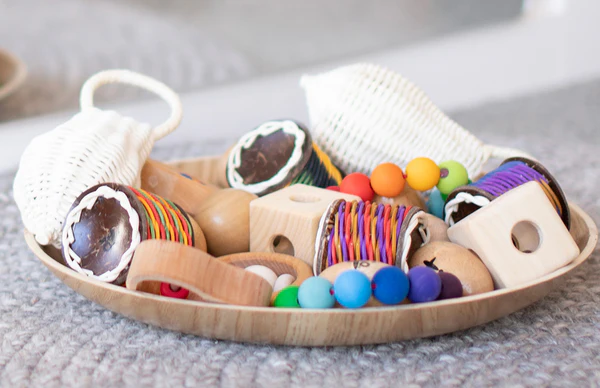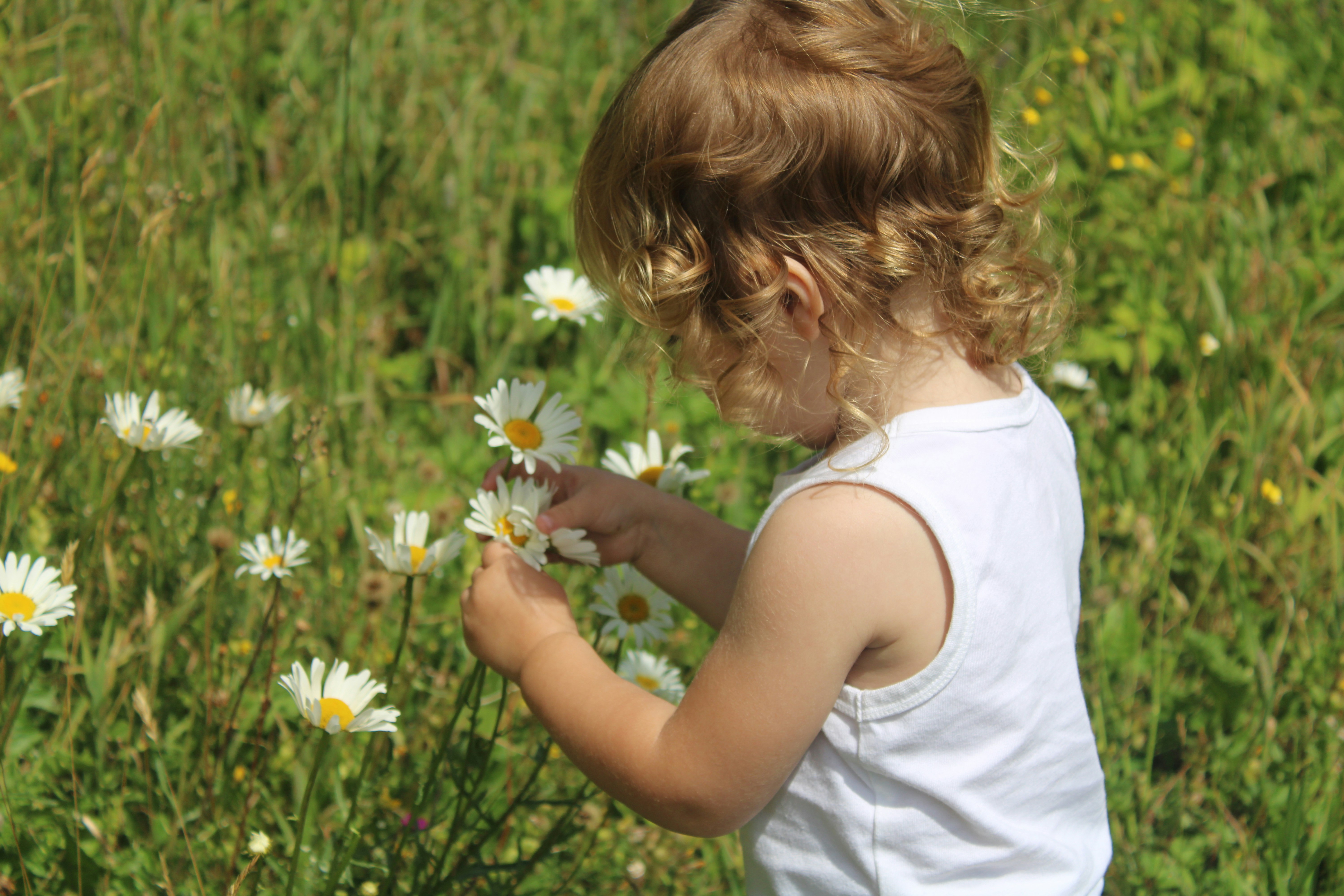At PerVigeō, we work alongside families using a multidisciplinary approach to support babies and young children with diverse developmental needs. One of the tools we love is Sensory play!
Sensory play includes any activity that invites children to explore the world using their senses—touch, sight, sound, smell, taste, and even movement and balance. Think: squishing playdough, running your fingers through gloop, blowing and popping bubbles, exploring inside our tent, or swinging back in forth in the hammock.
But sensory play is more than just fun. It’s a meaningful way for children to learn about their environment, build connections in their brain, and express who they are.

Why does Sensory Play matter?
It Builds Brain Connections
Every time a child explores a new texture or sound, their brain is firing up! Sensory play strengthens neural pathways that support learning, regulation, and skill development. It’s how babies and young children begin to make sense of their world—hands-on, eyes wide, and curious.
It Supports Individual Growth
Whether your child is learning to problem-solve, figuring out how things work, or just exploring cause and effect, sensory play gives them the space to develop at their own pace and in their own way. There’s no “right” way to play—it’s all about discovery.
It Sparks Communication
When children play with different materials, they often want to talk about what they’re seeing, feeling, or doing. This is a fantastic opportunity to grow vocabulary and expressive language, whether that’s through words, gestures, or sounds.
It Strengthens Motor Skills
Scooping, gathering, pouring, stacking—it’s all helping to build the fine and gross motor skills that support everyday activities like feeding, washing and dressing.
It Builds Social & Emotional Confidence
Many sensory activities are naturally social. Turn-taking with siblings with the toys at bath time, playing alongside a peer in the sandpit, or laughing with a friend over a shared adventure—all help tamariki practice social interactions in a low-pressure, joy-filled way.

Easy, fun Sensory Play ideas
You don’t need expensive toys or specific spaces. In fact, the magic often lies in the simple, everyday moments at home. Here are a few favourites to try:
- Treasure Baskets - Fill a basket with safe, everyday items of different textures and shapes—napkin rings, lids, keys, pinecones, ribbons, etc. Let your child explore at their own pace.
- Playdough - Whether it's homemade or bought, playdough is a sensory favourite. Add colours, scents, or use some tools from your kitchen drawer for extra creativity.
- Texture Exploration - Provide materials with different textures e.g. fabric scraps, sponges, foil, pompoms; for hands-on discovery.
- Water Play - Cups, spoons, bath toys—even a plastic bowl at the kitchen sink. Water play is calming, satisfying, and endlessly adaptable.
- Sand Play - head to the beach or fill a bucket with sand at home. Playing with sand engages touch, sight and sound and there are endless opportunities for creative exploration.
- Sensory Bins - Fill a tub with rice, dried pasta, lentils, or shredded paper. Add cups, scoops, or small toys to hide and find.
- Nature Walk - Collect leaves, stones, bark, or feathers during a walk. Then if you want to, create a nature collage or sensory basket together. It’s a great way to bring the outside in.
- Couch Cushion Obstacle Course - Let your child climb, crawl, or roll across soft furniture. They will be enhancing their gross motor skills, coordination and balance, while having fun.
- Light Play - Grab a torch and some bits and pieces from around your home such as coloured paper, waxed paper, cellophane. Play with light and shadow.
- Musical Freeze Dance - Play a favourite song and freeze when the music stops. Great for listening and body awareness.
- Rolling Downhill - A soft, grassy slope or padded incline is great for movement-seeking tamariki.
- Taste-Testing Trays - Offer tiny tastes of familiar and new foods, with a focus on exploring rather than eating.
- Sensory Break Stations - Create a cosy spot with a few calming or stimulating options such as fidget toys, a weighted blanket or calm-down jars with glitter and water
These activities can be adapted to support:
- Sensory seekers (who crave more input),
- Sensory-sensitive children (who may prefer gentler, quieter experiences), and
- Everyone in between!

Sensory Play is Relationship-Centered
Sensory play isn’t just about skill-building—it’s about connection. Shared giggles, co-regulating during a tricky moment, or simply sitting together while your child explores a new texture can build trust and deepen your relationship.
Celebrate the Mess, Honour the Magic
Whether your child seeks out bold, messy experiences or prefers gentle, soothing textures, all sensory preferences are valid and meaningful. By tuning in to what your child enjoys—and adapting activities to suit their needs—you’re creating an environment where they feel safe, seen, and celebrated.
So roll up your sleeves, embrace the sand, and know that each sensory moment is laying the groundwork for lifelong learning and connection.

